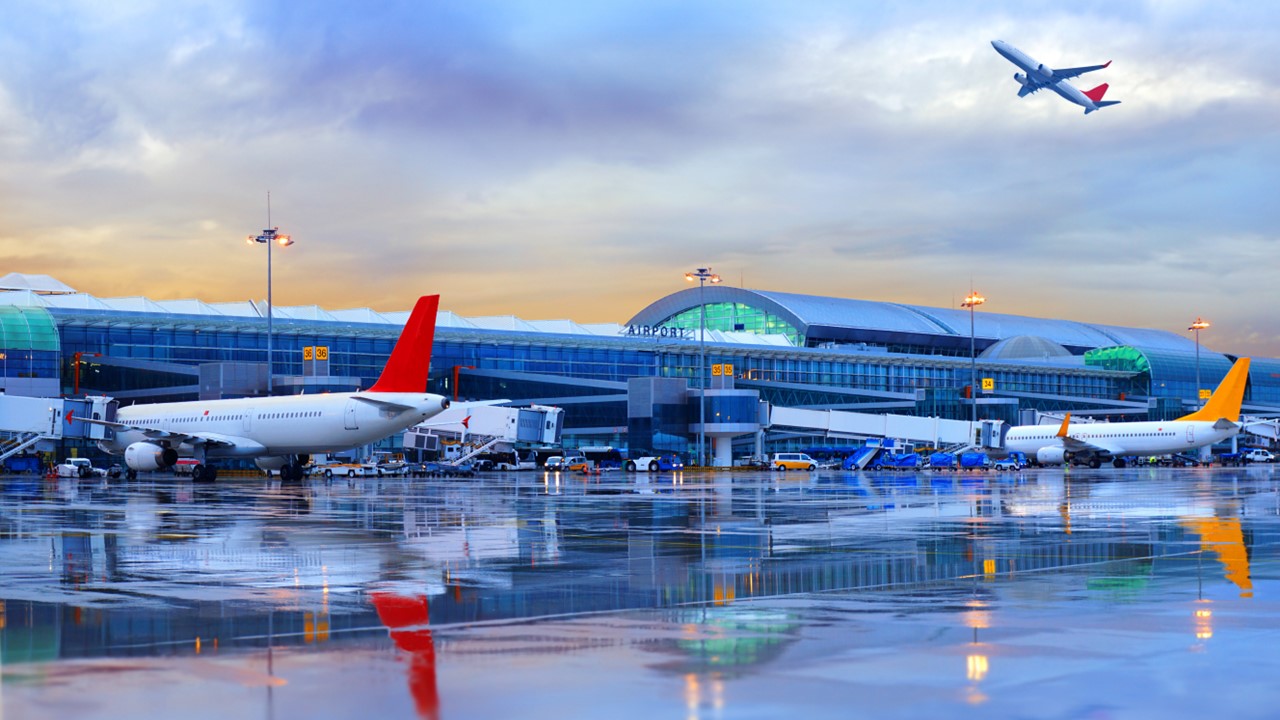I like to use the term ‘treetings’ to describe the combined spend category of travel and meetings. Companies should “treet” themselves to bigger and better benefits by leveraging the power of a fully aligned travel and meetings strategy.
All cuteness aside, leveraging the totality of all spend within a comprehensive approach can lead to so many benefits in a time of steadily rising travel and event costs.
The CWT GBTA Global Business Travel Forecast 2024 predicts a global average cost-per-event attendee per day of $169, up 5.6% from 2022, which is expected to rise a further 3% to $174 in 2024.
With higher costs comes greater responsibility leading companies to embrace a combined approach to managing business travel and meetings & events.
A centralized strategy boosts savings, provides visibility and control and helps meet sustainability and ESG objectives.
Immediate benefits include greater leverage and negotiation power, incremental savings and cost avoidance, positive impact to ESG goals, lean approaches (i.e. productivity gains, reduction in duplication, time savings), six sigma efficiencies (i.e. process improvements, user satisfaction), and strengthened supplier relationships.
The ultimate goal is to bring the separate pieces together into one cohesive, aligned, and overarching strategy covering all travel-related spend categories. Having the collective data and insights in one place supports the formation of annual strategies. It is important to ensure that all levers and triggers in one area are communicated across all areas so the impact can be fully assessed. Were transient rates reduced mid-year? What is the impact on meetings? This can improve the user experience, and strengthen your position with suppliers, and executive leadership teams
Your playbook for a combined strategy
There is no better time than the present to concentrate on a focused game plan. Travel costs are on the rise and companies have so many competing priorities. It is so important to avoid making decisions in a vacuum or silo. Companies should not only consider the impact that a sudden change, new strategy, or fresh idea can have on their travel program; thought also needs to be given to the resulting cause and effect on the meetings program. Take the time to think through key strategies at an overarching level to ensure alignment across all travel and meeting categories. Be purposeful about considering downstream impacts before deploying new solutions and strategies.
Elevate your supplier strategy
Many companies are heading down this path, focusing more on how to leverage the totality of their supplier spending. They realize that regardless of the purpose, be that transient travel or meeting, it is the same company dollar going out the door in exchange for a product or service. Bringing visibility into the total dollars spent with a particular hotel or venue can be the start of developing targeted discussions around data-led goals.
Let’s take a look at a basic real-life example. A company’s hotel transient RFP is about to launch. There is a bidder’s conference scheduled with the supplier base. Consider the power of presenting top market data that overlaps with the meetings & events program and informing suppliers of key harmonious strategies.
It is time to expand the definition of a centralized strategy to be all-encompassing over all travel and meeting spend categories. Yes, companies can have a successful centralized travel strategy, and also a separate thriving centralized meetings strategy, but consider the power of a unified single approach. Just as chocolate and peanut butter are delicious treats on their own, pair them together in a Reese’s peanut butter cup, and they are simply better together. Similarly, a single strategy guiding both travel and meeting programs can unearth new insights and ‘a-ha’ moments. Companies can move into an entire new realm – to fully optimize the potential that exists.
Think about those strategic thinkers who reside within the organization and consider aligning under one unified travel and meetings strategist. Seeing the big picture through a focused lens can uncover key insights that were there all along – they just needed to be discovered.
Here are 3 steps to get started on your strategic journey:
- Draft a combined strategy – it can be refined over time.
- Organize frequent meetings with key leaders of travel, meetings, air, hotel, OBT, and group travel to strategize annually and at frequent intervals throughout the year. Share your vision with your travel partner(s) as they can help execute and deliver insightful recommendations and best practices.
- Develop an advisory board to enlist feedback from all areas to continually drive positive change. A focus on stakeholder engagement will allow companies to leverage the insights gained from employees to further perfect the process, user experience, and overall value. For example, is at-home virtual work leading to more frequent meet-ups among local employees? Where are these small meetings taking place? Is there a need to negotiate small meeting packages in transient markets?
Take a little time to lay out your cohesive strategy for travel and meetings, and the incremental “treets” or benefits will be unlocked as you execute upon the plan.
Learn more about how you can reduce travel and event costs in the CWT GBTA Global Business Travel Forecast 2024.




